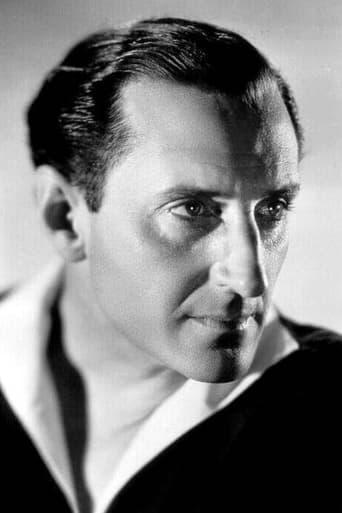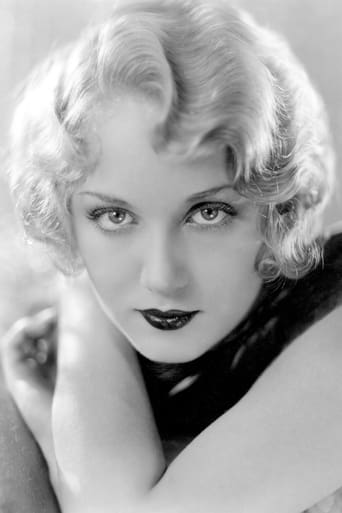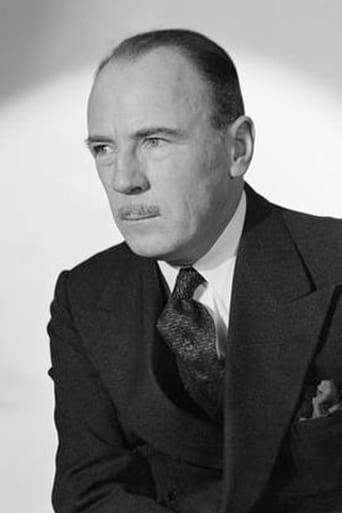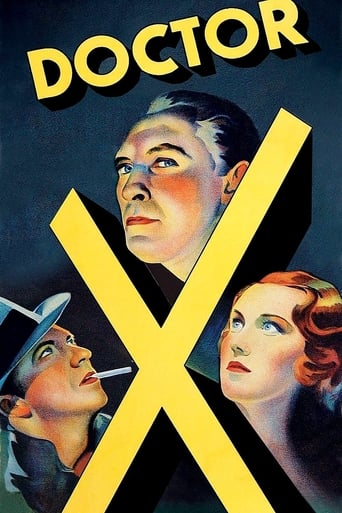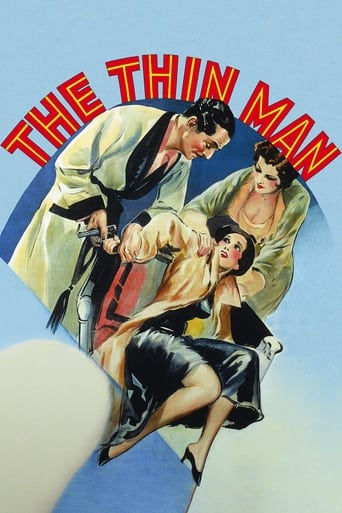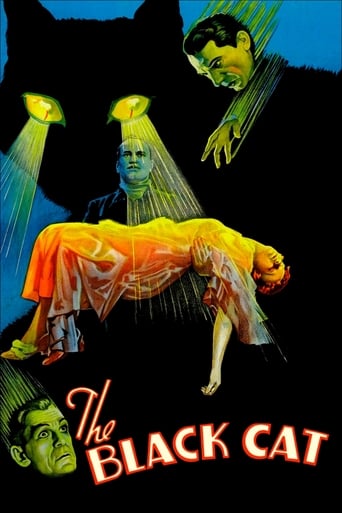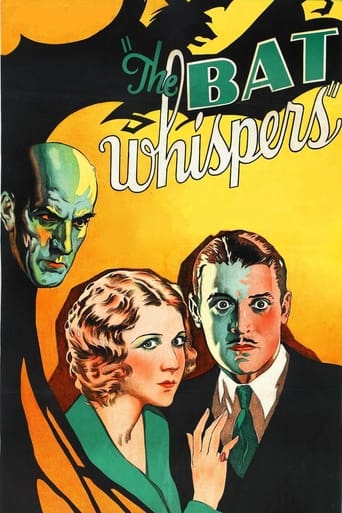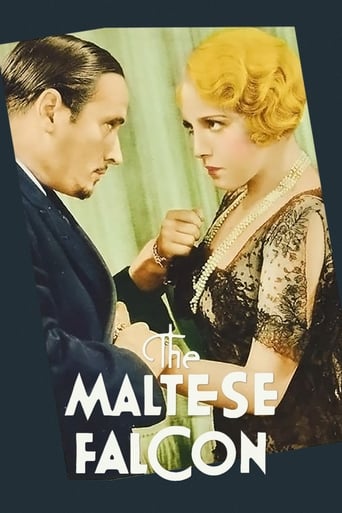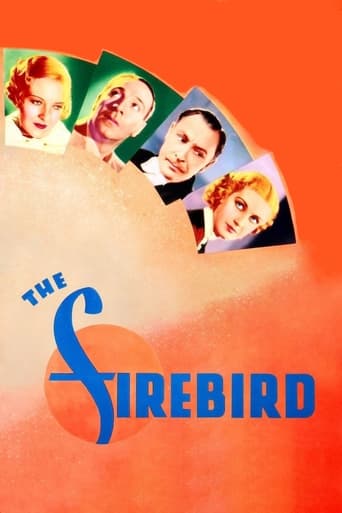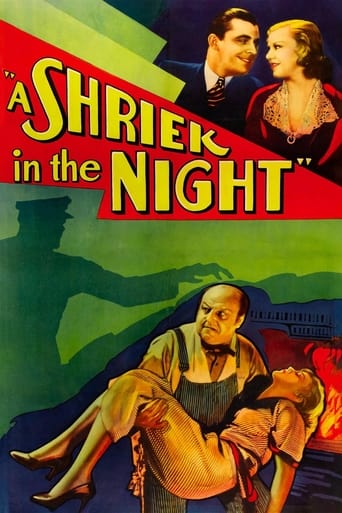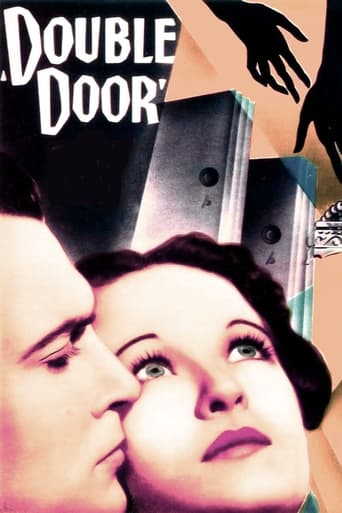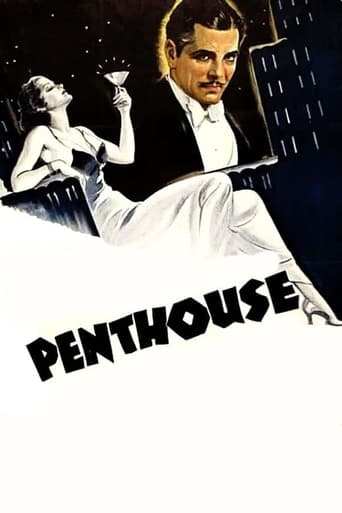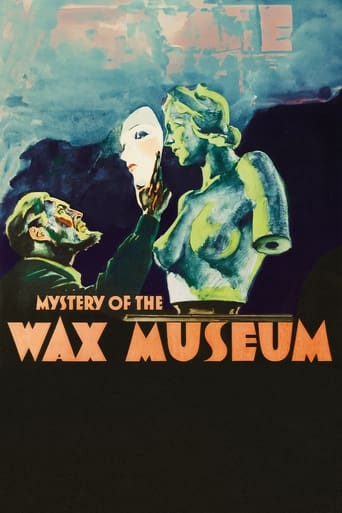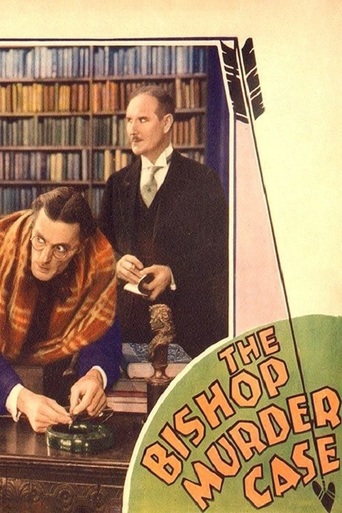
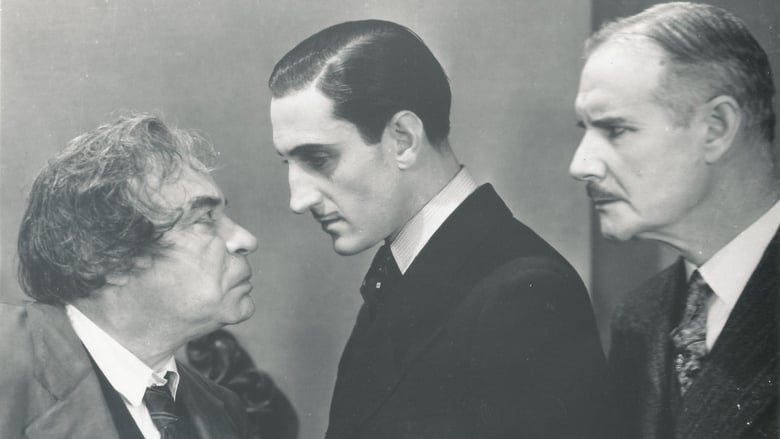
The Bishop Murder Case (1929)
The murders start with the body of Robin. He is found with a arrow through the heart, but Vance deduces that the body was placed and not found where he was killed. The note found dealing with the murder was part of a nursery rhyme and signed by 'Bishop'. The only witness may have been Mrs. Drukker and Adolph, but they are not talking. As the murders progress, each one is accompanied by a nursery rhyme. It is up to Philo Vance to unravel the clues and unmask the identity of the murderer 'Bishop'.
Watch Trailer
Cast


Similar titles
Reviews
Wow! Such a good movie.
Just perfect...
Although it has its amusing moments, in eneral the plot does not convince.
It is a whirlwind of delight --- attractive actors, stunning couture, spectacular sets and outrageous parties. It's a feast for the eyes. But what really makes this dramedy work is the acting.
Philo Vance (Basil Rathbone) is on the case of a killer who is leaving clues related to Mother Goose nursery rhymes. The first victim is named Robin but his friends call him Cock Robin. Philo Vance was never one of my favorite movie detectives. I haven't read the books so I can't compare how his film treatment holds up to those. But Vance always seemed to lack the distinct personality traits that all the great movie detectives of the '30s and '40s had, like Charlie Chan or Nick Charles.This movie creaks but there is some effort to make it less stagey than most films of the time, which I appreciate. Rathbone obviously would go on to a bigger and better detective series with Sherlock Holmes. The acting ranges from stiff to decent. That's future writer/director Delmer Daves as Raymond Sperling. There are some decent elements to this and if it had been made a few years later it might have been really good. But it drags badly. It needed a shot of adrenaline somewhere. Again, the bland personality of Rathbone's Vance doesn't help matters at all.
For a 1930 film, this movie is better than average--even though by the standards of films made just a couple years later, it isn't so hot. Unlike MANY of the 1930 films, this one has excellent sound and the characters are somewhat more mobile. You see, this was made in the very early days of "talkies" and most studios made films where the sound was way too low and the actors were told to almost stand in one place so the microphones could properly pick up their voices. I have seen a few comments about how the characters are too wooden or immobile, but compared to other 1930 films this isn't too bad.Oddly, while the sound is excellent, the camera-work, at times, is pretty lousy. All too often, the camera was too distant from the characters and if it zoomed in, it did so in a very shaky and unprofessional-looking manner. You wonder if they spent so much money on excellent sound that all they could afford for cameramen were chimps! It was most noticeable at the beginning, but throughout the film the camera often did not follow the actors or the shot was just too distant.As for the acting, it was a real mixed bag. I personally thought that Basil Rathbone was excellent, though I could see how William Powell might be missed. If you don't compare the two but just look at Rathbone on his own merits, he was fine. Now as for the rest of the cast, most were pretty good but some of the actors just,....sucked. In particular, the person playing Mr. Pardee did a horrible job--worse than someone in a high school play. A couple of the others, such as Drukker and the police sergeant, weren't a whole lot better. A lot of this may be because during the transition to sound, acting still was a bit too melodramatic in these early films, so I can forgive this to some extent.As for the good, the plot itself is excellent and exciting--particularly the end. Unlike many of the murder mysteries of the era, this one seems better written and more interesting.The bottom line is that for 1930, this IS a good film and might get an 8 if it were only being compared to 1930. However, overall, the production loses a couple points for the reasons listed above. An interesting curio and a film that is a time-passer for most.
When you consider that sound had only come in a couple of years before THE BISHOP MURDER CASE, the fact that the film still has a soundtrack that needs restoration is no surprise. But I did manage to see a good print of the film on TCM and the gleaming B&W photography belied the fact that this was made in 1930.But my sole purpose for watching was to see what BASIL RATHBONE looked like in an early detective role as Philo Vance. The mystery itself seemed a lot like an Agatha Christie whodunit because the murders were staged by a clever killer who just wasn't smart enough to outwit Philo Vance. The final revelation involves a glass of wine with poison in it ("the vessel with the pessel" film that Rathbone did with Danny Kaye comes to mind here). Rathbone's cleverness and manner of solving the crime is reminiscent of the way he played Sherlock Holmes so well in all those Sherlock films.He also had a crisp delivery that was lacking in the other players. Only ROLAND YOUNG managed to sound as if silent films were a thing of the past. The others were clearly still in the silent mode of acting which makes Rathbone's performance even more remarkable.Not a great mystery by any means and the sets, despite some fine photography, are on the primitive side--but addicts of detective stories should enjoy this one.
Basil Rathbone is a dashing, intense-looking Philo Vance in "The Bishop Murder Case," an early talkie that shows signs of the painful transition from silents. I actually had quite a bit of trouble with the sound. I saw it on television and had difficulty understanding what was being said at times.The film, nevertheless, is very interesting, if only to see Rathbone, with those amazing eyes of his, in his pre-Sherlock Holmes days. His acting is excellent. It was also delightful to see Roland Young. Leila Hyams plays the professor's niece, and she was quite beautiful and effective. It has a good plot as well.Parts of this film came off like a stage play, probably because some of the actors were still adjusting to film technique. And the sound was darned strange. In one of the outdoor scenes, the actors sounded as if they were speaking through megaphones. Nevertheless, Philo Vance fans should certainly enjoy it, as will others from a historical perspective.


